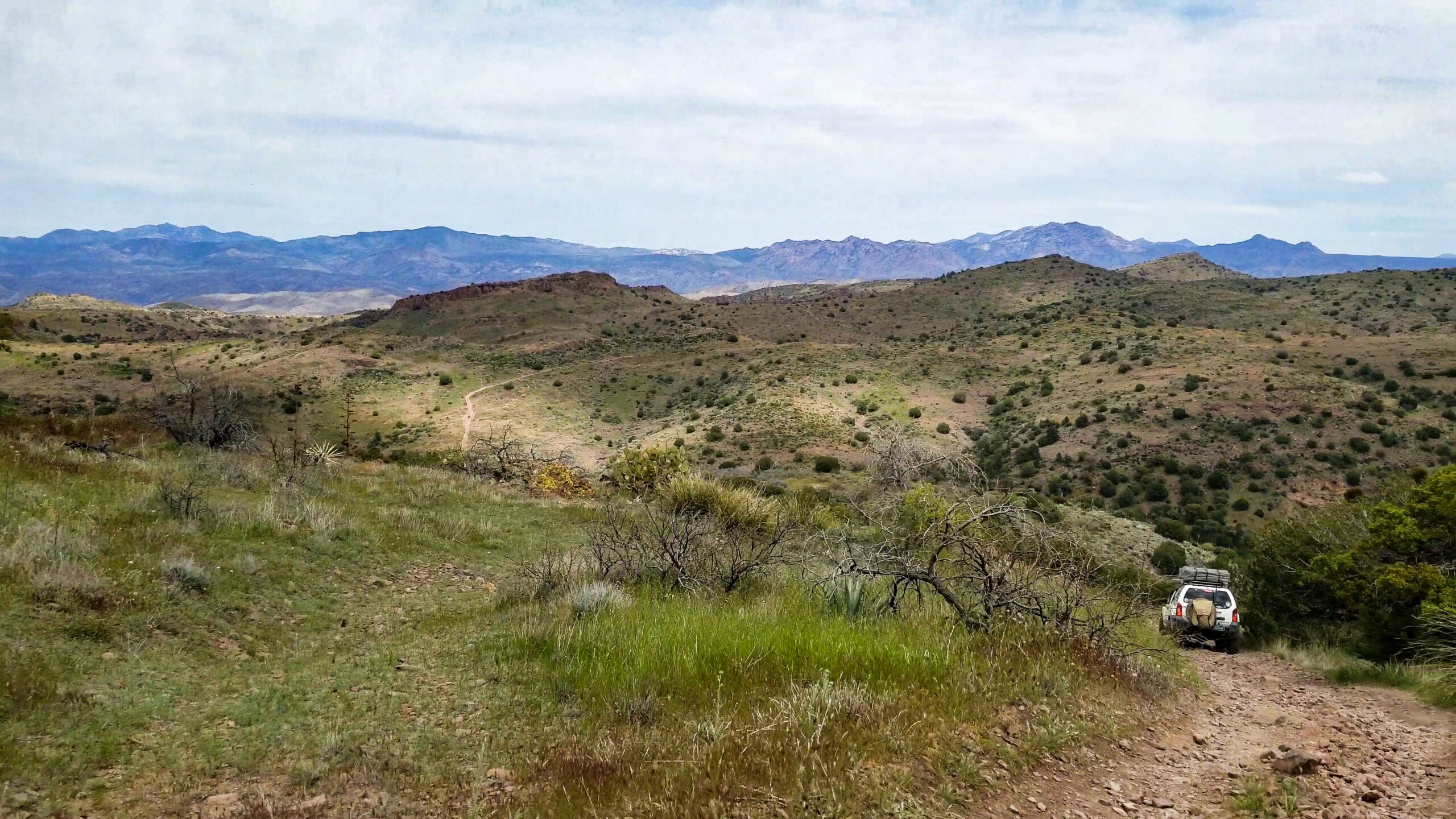Your cart is currently empty!
Posted in
Dispersed Camping use is exploding in the Chattahoochee-Oconee National Forest in Georgia, just like it is in so many areas. With this increased use, the USFS has identified impacts that result from this use. In order to mitigate the impacts, they are proposing a change in rules that regulate length of stay for camping in the Chattahoochee-Oconee National Forest (CONF).
Currently the rules allow users to camp for 14 days, and then they must move at least one mile away for at least 7 days. The Forest Service is concerned that people use this rule to rotate through different sites.
The new order will prohibit camping longer than 14 days during any 30-day period in the CONF. Users must leave the CONF lands prior to returning.
This proposed rule change is open for public comment until August 25. You can learn more about how to submit comments here: https://www.fs.usda.gov/nfs/11558/www/nepa/116323_FSPLT3_5653869.pdf
At BRC we recently intervened to oppose a decision in Alabama Hills in California, which eliminated dispersed camping sites. Since that time, we have been watching an increased effort by public land agencies to eliminate, regulate, and limit dispersed camping opportunities. As we have monitored these processes, it is becoming clear that the dispersed camping community isn’t engaging to defend their access and interests in recreating on public land. We created the Dispersed Camping Access Alliance to add our voice to these issues.
Modifications of length of stay regulations are one of the current tools that managers are using to regulate dispersed camping on public land. If you are wanting to submit a comment on this proposal and others that are sure to come, the following list is a good range of issues that are in play with length of stay restrictions:
The justification for restricting dispersed camping through length of stay regulations is almost always justified by referencing an explosion in demand for dispersed camping. Land managers should always be meeting an increase in demand with increase in supply for dispersed camping opportunities. More often than not, they respond to increased demand and use through restriction of supply, which only concentrates use in areas left open – creating a downward spiral of reduced access overall.We have seen our members and supporters express support for these limits and express opposition to these limits. 36 CFR 261.50(e) allows the USFS to manage stays longer than 14 days through a permitting process, and a move towards length of stay restrictions should also be met by increasing availability of extended stay permits for those willing to comply with the permit requirements. Not all users who want to camp longer than 14 days engage in illicit activities or cause environmental impacts that can’t be mitigated. Illicit activities are almost always already against the law and local regulations. Responsible users shouldn’t be punished for the behavior of irresponsible users. Many of those who engage in full-time dispersed camping are retirees living on fixed incomes or high-income participants in the surging remote-work and gig-work economy. As such they are becoming an integral part of the economic activity of local rural economies. 36 CFR 261.50(e)(5) allows forest managers to exempt “Persons engaged in a business, trade, or occupation in the area” from prohibitions of a USFS order.Implementing length of stay requirements will require increased law-enforcement presence to document site usage, and therefore presents a challenge in enforceability. Closures and restrictions like length of stay regulations are often blunt instruments to address environmental impacts. For example, the same law enforcement presence that would be required to enforce length of stay regulations could just as easily enforce littering and human waste disposal impacts. There’s no need to enforce restrictions on everyone when targeted enforcement of those causing higher levels of impact would successfully mitigate the impacts.Often, length of stay restrictions are designed to open availability of dispersed camping sites in popular areas to new users. If use of an area is in high enough demand to justify length of stay restrictions, land managers should consider opening new areas for dispersed camping. with hundreds of millions of acres of public land, there should be enough space to meet the surging demand for dispersed camping opportunities.
Of course these are just some of the broader issues that should be considered. Each area is always going to have its own unique characteristics that need to be considered. As the regulatory environment surrounding dispersed camping continues to expand, we will be advocating for expanded access for the highest number of people. The public benefits of recreation on public land should be available to all. We hope you will join us in this effort!
Tags:
You may also like…

Visit the AZBackroads.com Store

Please Become A Member
We need your help to keep our backroads open. Please join today!







